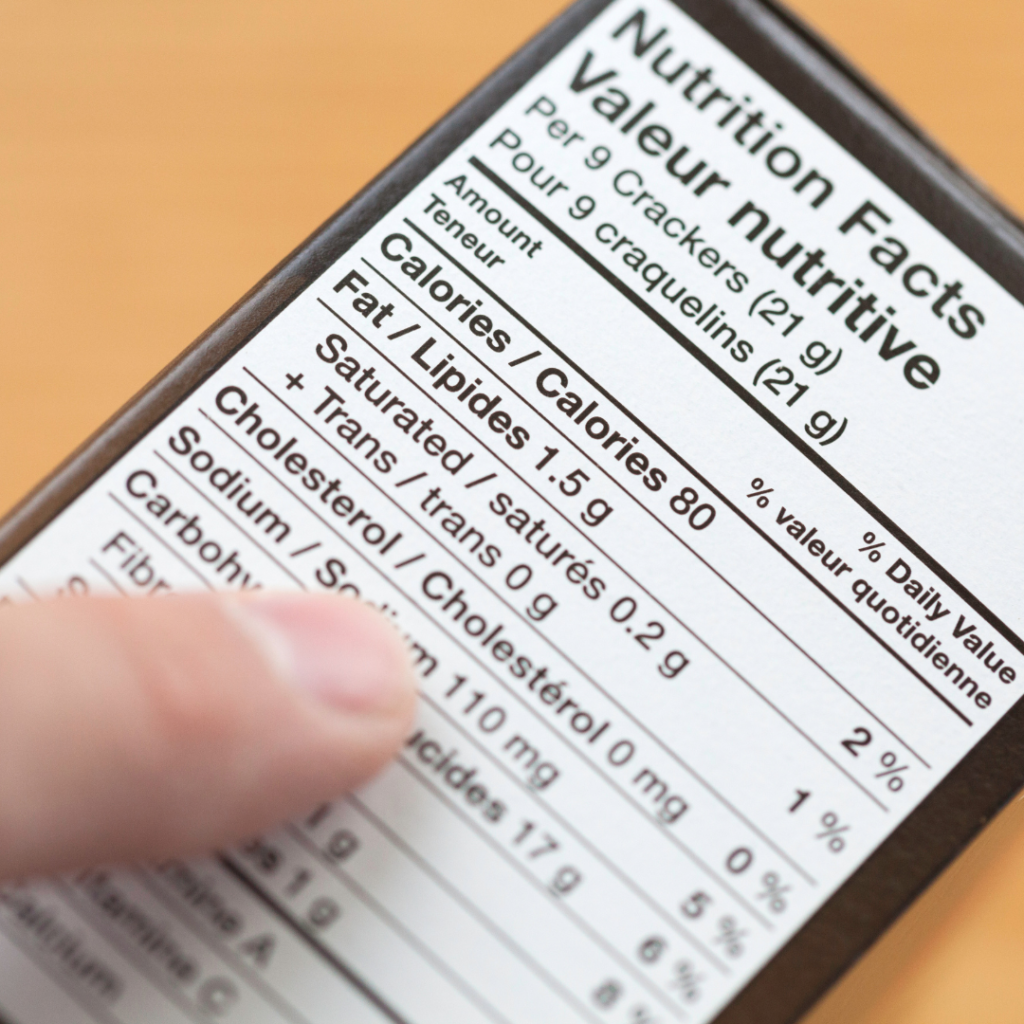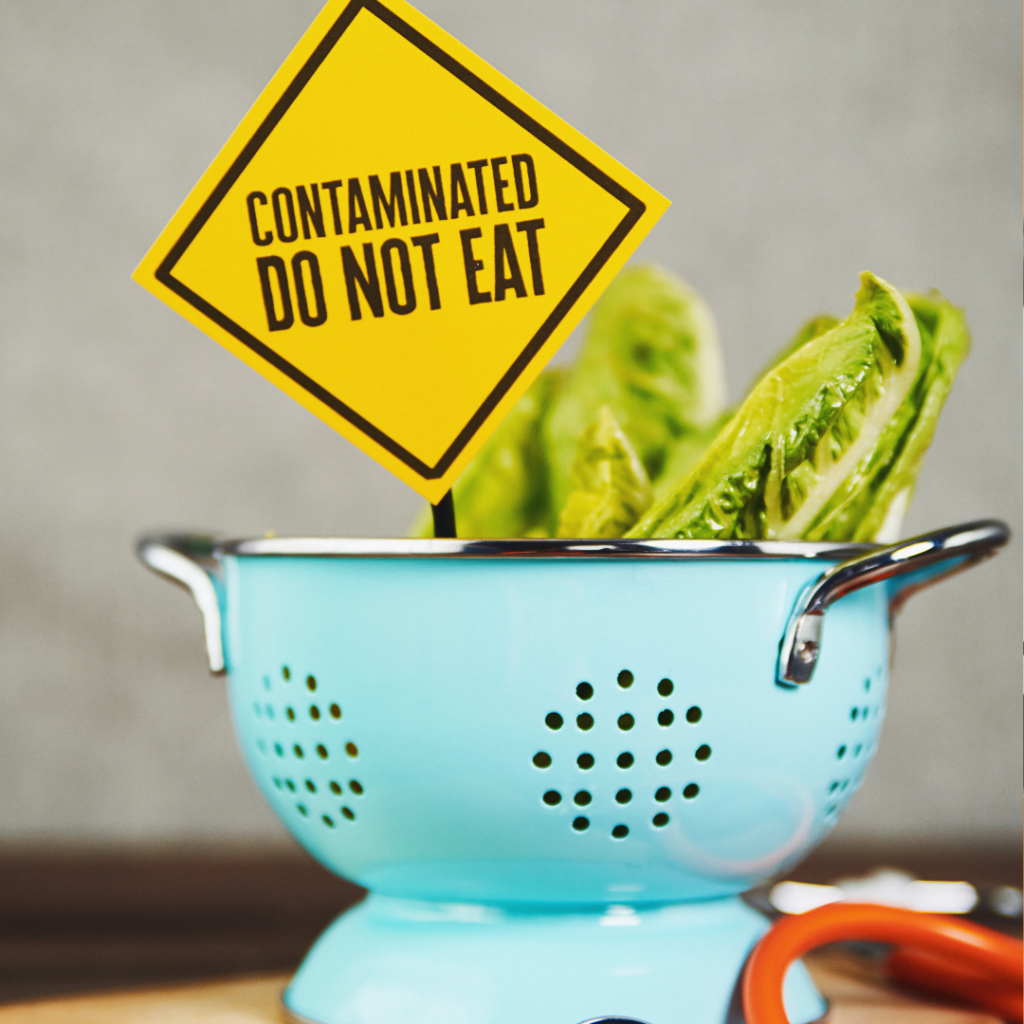
For those living with food allergies, navigating a supermarket can feel like walking through a minefield. Food labels are meant to guide us, but the often vague and confusing “may contain” statements can make grocery shopping even more daunting. These warnings, while intended to help consumers, can sometimes be more harmful than helpful. In this post, we’ll explore the issues with “may contain” labelling, the risks it poses, and strategies for staying safe.
What Does “May Contain” Really Mean?
The “may contain” label is a type of precautionary allergen labelling (PAL) used by manufacturers to indicate that a product might have come into contact with allergens during the manufacturing process. For example, a chocolate bar labelled “may contain nuts” might be produced in a facility that also processes nut-based products, even if nuts aren’t a direct ingredient in the product itself.
Unfortunately, the lack of regulation and standardization around these labels means they can be inconsistent and confusing. Manufacturers use different phrases such as “may contain,” “produced in a facility that also processes,” or “made on shared equipment.” But what do these really mean, and how seriously should people with allergies take them?
The Problems with “May Contain” Labels
-
Inconsistent Risk Levels: Not all “may contain” labels reflect the same level of risk. One product might have a high chance of cross-contamination, while another might only have a negligible risk. The problem is, there’s no clear way to know which is which. Without a standard threshold or defined criteria for when to apply the label, consumers are left guessing.
-
Overuse and Misuse: Some companies use “may contain” labels broadly to cover their legal bases, even when the actual risk of contamination is low. This can make it difficult for consumers to determine which labels indicate a genuine concern. The overuse of these warnings may lead to some people disregarding them altogether, which can be dangerous.
-
Limited Information for Consumers: The lack of detail provided by these labels leaves people with food allergies in a difficult position. The label doesn’t explain how the contamination might occur or the likelihood of it happening, making it challenging to make informed choices.
-
Creates Anxiety and Exclusion: For those with severe allergies, the uncertainty around “may contain” warnings can lead to anxiety and a sense of exclusion. People may feel forced to avoid a wide range of products, even if the actual risk is minimal, leading to limited food choices and social isolation.
How to Stay Safe and Make Informed Choices
Given the uncertainty surrounding “may contain” labels, it’s essential for those with food allergies to take extra precautions. Here are some strategies to help you navigate these labels and stay safe:
-
Consult Allergy-Friendly Brands: Some brands are known for their allergy-safe practices and provide clearer information about cross-contamination. Seek out brands that explicitly label their products as being free from specific allergens or that follow rigorous cleaning protocols to prevent cross-contact.
-
Contact Manufacturers Directly: If you’re unsure about a product’s safety, reach out to the manufacturer for more information. They can provide insight into their production processes, the likelihood of cross-contact, and whether their “may contain” label is used out of caution or due to a real risk.
-
Join Allergy Support Communities: Online communities and forums for people with food allergies can be valuable resources. Members often share experiences with specific products, including whether they’ve had reactions to items with “may contain” warnings. While everyone’s sensitivity levels are different, community insights can be helpful.
-
Err on the Side of Caution: If you or your child have severe allergies, it’s generally safer to avoid products with “may contain” labels. Although this may limit your options, it’s better to be safe than to take an unnecessary risk.
-
Look for Products with No Precautionary Labelling: Some products don’t carry any “may contain” warnings, either because they are made in allergen-free facilities or because the manufacturer has implemented thorough cross-contamination controls. These can be safer choices for those with severe allergies.
-
Use Allergen Detection Tools: For those who want extra assurance, there are now portable devices available that can test food for the presence of allergens. While they are not a substitute for careful label reading and manufacturer consultation, they can add an extra layer of protection.
The “may contain” label is a double-edged sword—it’s intended to protect consumers, but its ambiguity often leaves people more confused than informed. For individuals with food allergies, navigating these warnings requires caution, knowledge, and sometimes a bit of detective work. By being proactive, making informed choices, and advocating for better labelling, we can reduce the risks and help create a safer, more inclusive world for those with food allergies.
Remember, when in doubt, it’s always better to be on the side of caution. No treat or snack is worth compromising your health and safety.
 Login / Register
Login / Register  Contact / wholesale enquiries
Contact / wholesale enquiries




